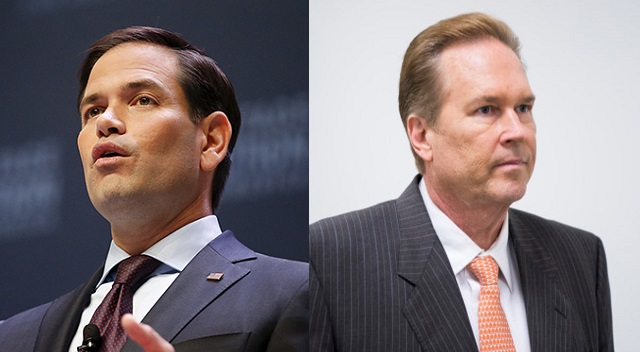‘The Politically Incorrect Guide to Climate Change’ now available!
 Climate Depot’s Marc Morano’s book, The Politically Incorrect Guide to Climate Change by Regnery Books is already climbing to Number 1 in a key category on the Amazon rankings! It has reached #1 Best Seller in Environmental Science books as of February 28, 2018.
Climate Depot’s Marc Morano’s book, The Politically Incorrect Guide to Climate Change by Regnery Books is already climbing to Number 1 in a key category on the Amazon rankings! It has reached #1 Best Seller in Environmental Science books as of February 28, 2018.
 The Politically Incorrect Guide to Climate Change, By Marc Morano
The Politically Incorrect Guide to Climate Change, By Marc Morano
The book has been endorsed by Nobel Prize Winning scientist Dr. Ivar Giaever. (see below) The new book also comes out just in time to greet the upcoming UN IPCC climate report already making the media rounds: See: Leaked UN IPCC Draft Report calls for ‘a radical transformation of society’ – Predicts 1.5°C Warming By 2043
This book is the ultimate reference guide to climate change and no parent should be without a copy as their kids under climate education at school from elementary through college!
(The new book is also available at: Amazon UK ; EBAY;
BUY NOW: https://www.amazon.com/
Limbaugh praised Climate Depot’s Morano in 2009: “Morano’s probably single-handedly, in a civilian sense, the guy (other than me, of course) doing a better job of ringing the bells alarming people of what’s going on here.” – November 20, 2009
Limbaugh on Morano in February 2018: Rush Limbaugh Touts Climate Depot: Run by Morano who ‘used to be — when I had the TV show — Our Man in Washington – Warmist ‘arguments blown to smithereens’ on Climate Depot
Read the book’s forward by Weather Channel Founder John Coleman & read critical praise of Morano’s new book here: https://wattsupwiththat.
A sampling of praise and reviews for Marc Morano’s new book:
“With his book “Politically Incorrect Guide to Climate Change”, Marc Morano vies to be the Thomas Paine of the movement to save the world from the tyranny of climate catastrophists. He exposes the seemingly infinite number of absurd claims, and the almost unbounded hypocrisy and venality of the proponents of this clearly inhuman and scientifically implausible attempt to control mankind by controlling and, more importantly, restricting access to energy. This book is an unrelenting polemic of the best kind.”
— Emeritus MIT climate scientist Dr. Richard Lindzen
“I have never met Marc Morano, the author of this very interesting book, but I know him well from his excellent blog Climate Depot, which I read regularly. In the book he exposes the climate myths that even scientific organizations like the Physical Society and American Association for the Advancement of Science push. The Earth has existed for maybe 4.5 billion years, and now the alarmists will have us believe that because of the small rise in temperature for roughly 150 years (which, by the way, I believe you cannot really measure) we are doomed unless we stop using fossil fuels. We are now forced to use corn-based ethanol in our gas, subsidized windmills, and solar cells for energy; meanwhile, maybe a billion people worldwide starve and have no access to electricity. You and I breathe out at least thirty tons of CO2 in a normal life span, but neverthelessthe Environmental Protection Agency decided to classify rising carbon-dioxide emissions as a hazard to human health. Marc Morano discusses the reasons and history of all these strange theories in his excellent book The Politically Incorrect Guide ® to Climate Change. Please read it, you will be amazed!”
—Dr. IVAR GIAEVER, Nobel Laureate in physics
“Marc Morano’s remarkable book The Politically Incorrect Guide® to Climate Change documents, in their own words, how many honest scientists still insist that hypotheses not confirmed by observation should be rejected. It exposes the pernicious myth that 97 percent of scientists agree that increasing levels of carbon dioxide are an existential threat, one that mandates the surrender of human freedom and wellbeing to an ‘enlightened’ climate elite. The book documents that many very distinguished scientists do not agree. In fact, more carbon dioxide is already benefitting the world through increased yields for agriculture and forestry, and from shrinking deserts. The hated ‘deniers’ are right. There is no emergency. When later generations of historians analyze the climate hysteria of our time, this book will be one of their most valuable references.”
— Dr. WILL HAPPER, Cyrus Fogg Brackett Professor of Physics, emeritus, Princeton University
“The Politically Incorrect Guide® to Climate Change is a welcome scientific and rational antidote to the liberal news media, the UN, and Al Gore’s incessant chattering about climate doom. This book exposes the hypocrisy of Learjet limousine liberals who fly in their own private jets and own multiple homes while preaching to the world about downsizing and energy rationing. Every parent in America should be armed with this book to fight the brainwashing of their kids from kindergarten through college. Marc’s book is the ultimate A-Z reference guide that debunks man-made climate change claims using scientific studies and prominent scientists. The Politically Incorrect Guide
® to Climate Change is the book the UN and Al Gore do not want you to read. The climate scare ends with this book.”
— SEAN HANNITY, host of Hannity on Fox News and of the nationally syndicated radio program The Sean Hannity Show“This book covers the history of climate, from the global cooling ‘coming ice age’ scare of the 70s to the ‘we have just a few years left to save the planet’ that characterizes the current global warming scare. Written in a light reading style, virtually every page is meticulously referenced with sources for the points he makes. Love him or hate him, Morano is very effective in conveying the history and the climate flim-flammery under the guise of science that has been going on the last few decades, mostly thanks to huge government funding of climate science. It reads like a postmortem verification of President Eisenhower’s farewell address, which warned of the ‘military-industrial complex,’ but also said, ‘The prospect of domination of the nation’s scholars by Federal employment, project allocations, and the power of money is ever present and is gravely to be regarded.’”
— ANTHONY WATTS, publisher of WattsUpWithThat, the world’s most viewed climate-themed website
“This book reveals that ‘global warming’ is not and has never been about the ‘science.’ The Politically Incorrect Guide® to Climate Change
reveals the agenda behind the lavishly funded and government-sponsored climate change establishment. Morano unmasks the United Nations’ goals of ‘global governance,’ redistribution of wealth, and global carbon taxes. This book arms every citizen with a comprehensive dossier on just how science, economics, and politics have been distorted and corrupted in the name of saving the planet. Contrary to Al Gore’s claims, UN treaties and EPA regulations cannot control the weather or the oceans. A must read.”
—MARK LEVIN, author of Men in Black, Liberty and Tyranny, and Rediscovering Americanism: And the Tyranny of Progressivism
Foreword by John Coleman in The Politically Incorrect Guide to Climate Change
Don’t worry about “climate change,” says Marc Morano—there is no significant manmade global warming.
Are you kidding me? We all know that the icecaps are melting, the oceans are about to flood our cities, and more and more superstorms are happening. And the experts are certain that mankind’s use of fossil fuels is causing it all. We have all the facts; right?
The truth is that there is a debate about climate change but it has been very one-sided. With the U.S. government, all the scientific organizations, Al Gore, the Science Guy, Hollywood, the Democratic Party, and the United Nations all behind the bad news that our use of fossil fuels is destroying the climate of Earth, anyone on the other side of the debate finds themselves behind the eight ball. Peeking out from behind the eight ball is Marc Morano. In this great book he begins his comprehensive review of the debate about global warming by chatting about the history of climate scares in centuries past—and goes on to decisively debunk the current climate scare. By the time he’s done, you will realize you’ve been hoaxed. Climate change has become a scam.
As the founder of the Weather Channel and a six-decade veteran TV news weatherman, I know a great deal about this topic. We meteorologists are well aware of how limited our ability is to predict the weather. Our predictions become dramatically less reliable as they extend out into the future. When we try to predict just a few weeks into the future our predictions become increasingly inaccurate. Yet the “climate change” establishment that now dominates the UN bureaucracy and our own government science establishment claim that they can predict the temperature of the Earth decades into the future. Their global warming scare is not driven by science; it is now being driven by politics.
So today anybody who defies the prevailing “climate change” scare puts his career and his reputation into extreme danger. That is where we find Marc. He is living life behind the eight ball. He has been there for decades. But whatever you may hear from his enemies in the climate change establishment, he is no crazy denier or shill for Big Oil. The explanation is simple. He is so certain of his data that he is quite comfy there behind the eight ball. When you really study the issue, you realize that Marc Morano is absolutely right. And it turns out he is not alone there behind the eight ball. He has developed relationships with hundreds of brilliant scientists and other experts who are willing to testify, along with Marc, that in fact there is no significant man-made global warming.
This book is exactly what parents need to counter the indoctrination our children are now being subjected to. Starting at a very young age and continuing through their teenage years, American school children are being constantly bombarded with climate change propaganda. This is science gone bad. It has become political. And climate science has been hijacked by the extreme fringe of the environmental movement. The truth is that while climate is naturally changing—as it always has—no crisis is occurring and there is no reason to fear any in the future. This book uses over twelve hundred footnotes to bolster its compelling, scientific, and logical demonstration that Al Gore and the United Nations are dead wrong on climate fears. And maybe even more important, this book uses the climate change establishment’s own words to refute their silly claims.
Read this book and Marc will become your hero. Give it to your friends to read. Maybe in the end there will be enough of us who no longer believe the climate change hoax that he and those of us who know he is right can get out from behind the eight ball and enjoy life. Read on, my friend, read on.

Marc Morano & Rush Limbaugh in 1992 on the set of “Rush Limbaugh, The Television Show”
Amazon verified customer reviews:
“A masterpiece! Couldn’t put it down. They can’t predict next week’s weather but the Hollywood-elites are telling us what the weather will be in ten, fifty or one hundred years? Read this book so you’re armed with facts, figures and real science to fight the pseudo-phony-scientists.” Tony Meyer – February 27, 2018
“Unfortunatel, many Americans have become brain-washed by the media and the media’s deliberate lies. This superb study will inform you. Study and reread this masterpiece carefully. It’s worth its weight in gold.” – Clarence Beeks – February 27, 2018
Book is Available on Amazon here.



 CFACT barnstormed CPAC, The Conservative Political Action Conference, this weekend with a series of activities that culminated in a light saber duel between “Green Energy” Darth Vader and the “Reliable Energy” Jedi!
CFACT barnstormed CPAC, The Conservative Political Action Conference, this weekend with a series of activities that culminated in a light saber duel between “Green Energy” Darth Vader and the “Reliable Energy” Jedi!
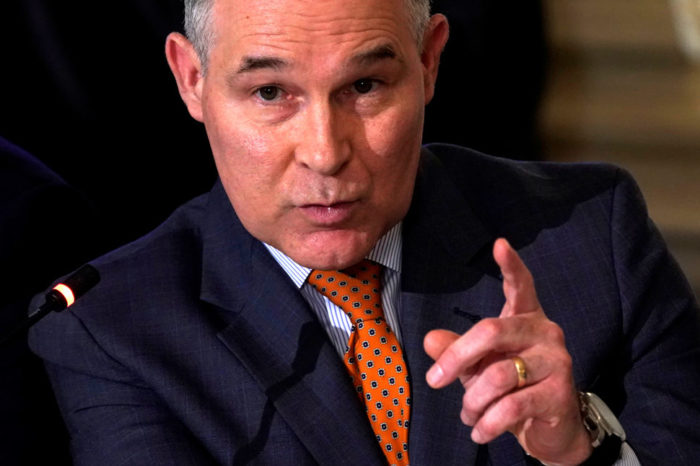

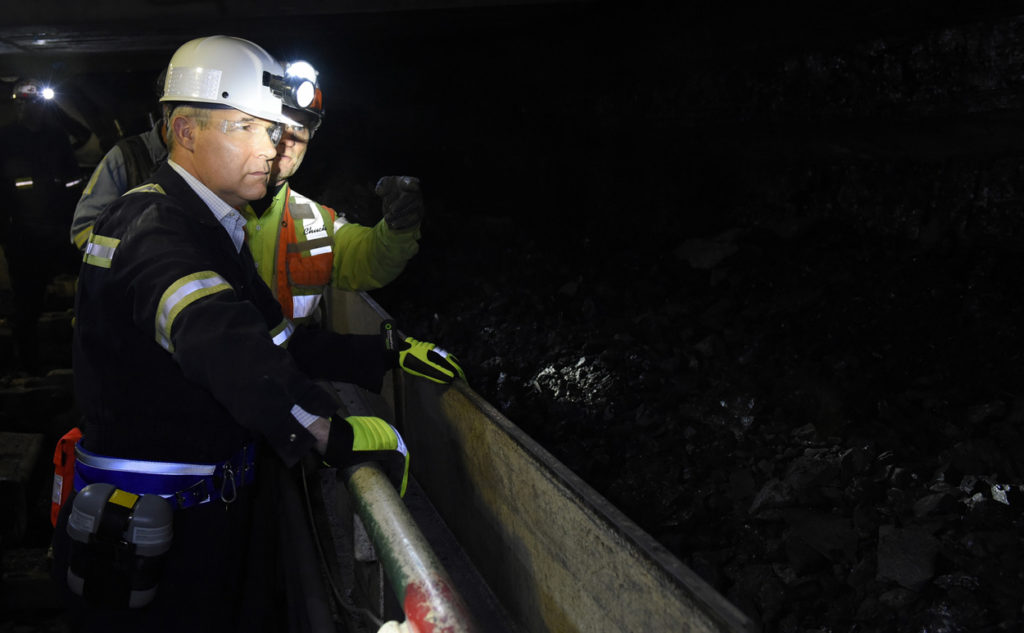


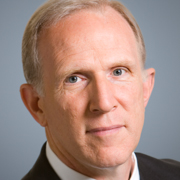



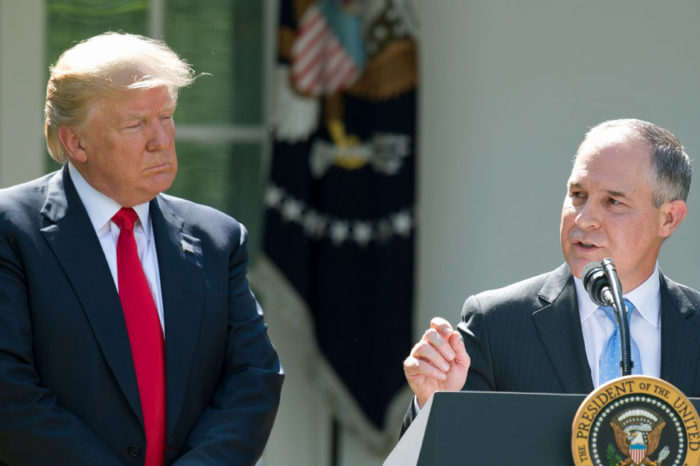


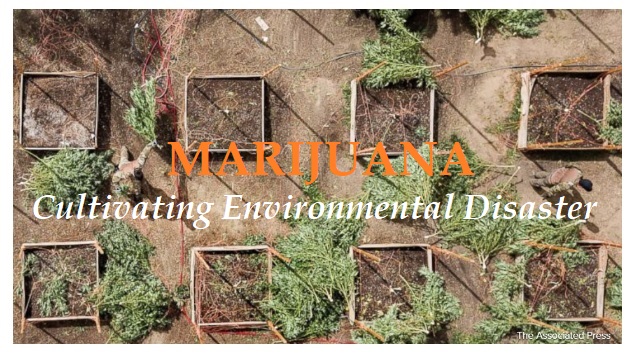













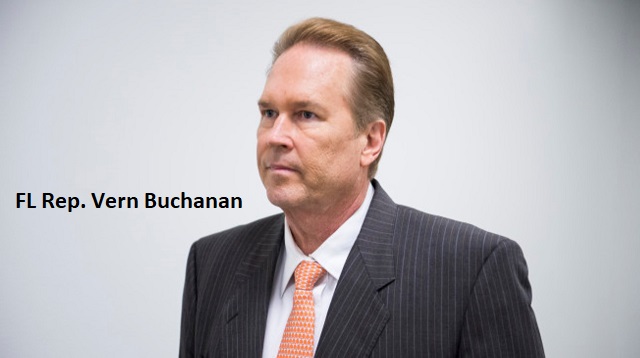

 According to its website:
According to its website: